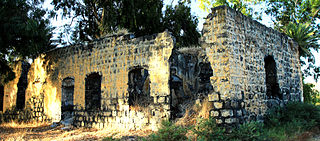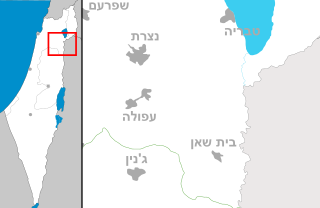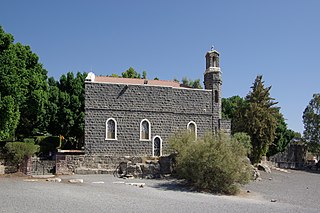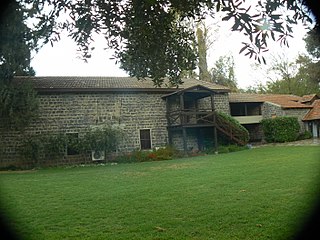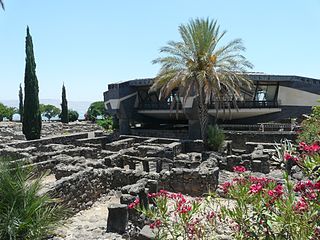9 Sights in Emek HaYarden Regional Council, Israel (with Map and Images)
Legend
Welcome to your journey through the most beautiful sights in Emek HaYarden Regional Council, Israel! Whether you want to discover the city's historical treasures or experience its modern highlights, you'll find everything your heart desires here. Be inspired by our selection and plan your unforgettable adventure in Emek HaYarden Regional Council. Dive into the diversity of this fascinating city and discover everything it has to offer.
1. Capernahum
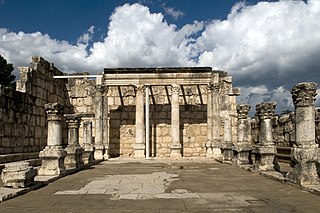
Capernaum was a fishing village established during the time of the Hasmoneans, located on the northern shore of the Sea of Galilee. It had a population of about 1,500 in the 1st century AD. Archaeological excavations have revealed two ancient synagogues built one over the other. A house turned into a church by the Byzantines is held by Christian tradition to have been the home of Saint Peter.
2. Horbat Minnim
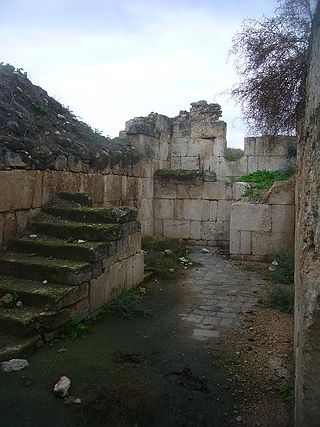
Khirbat al-Minya, also known as Ayn Minyat Hisham (Arabic) or Horvat Minnim (Hebrew) is an Umayyad-built palace in the eastern Galilee, Israel, located about 200 meters (660 ft) west of the northern end of Lake Tiberias. It was erected as a qasr complex, with a palace, mosque, and bath built by a single patron.
3. בית הבק
Beit Habeck is a group of basalt stone structures located about 500 meters east of the Jordan estuary to the Sea of Galilee in a tall eucalyptus grove. The place served as a residence for a group of pioneers from Ukraine and was one of the first attempts at settlement around the Sea of Galilee. The buildings are named after 'Abd a-Rahman Basha al-Yusuf', the owner, known as Habak.
4. אום ג'וני
Um Juni was an Arab-Bahá'í village near the Jordan River, the first place of settlement of the founders of the Degania A group before they settled in the permanent point of the settlement near the outlet of the Jordan River from the Sea of Galilee. In the fifth century AD there was a "village of Agin" which is "Kfar Agun" or "Kfar Gon".
5. Gesher
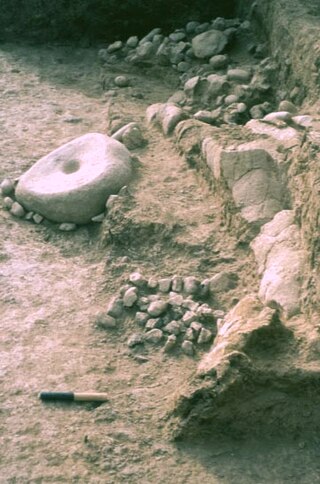
Gesher is an archaeological site located on the southern bank of Nahal Tavor, near kibbutz Gesher in the central Jordan Valley of Israel. It bears signs of occupation from two periods, the very early Neolithic and the Middle Bronze Age. The site was first excavated between 1986 and 1987 by Yosef Garfinkel of the Hebrew University of Jerusalem and between 2002 and 2004 by Susan Cohen of Montana State University. The average of 4 radiocarbon dating results suggested inhabitation of the settlement around 8000 BC.
6. Saint Peter
The Church of the Primacy of Saint Peter is a Franciscan church located in Tabgha, Israel, on the northwest shore of the Sea of Galilee. It commemorates, and allegedly marks the spot, of Jesus' reinstatement of Peter as chief among the Apostles.
7. חצר ראשונים
Hatzer Rishonim is the courtyard of the Degania A group, built in 1912 when the members of the group moved from um Juni to their permanent settlement near the outlet of the Jordan River from the Sea of Galilee, and was restored in the 1980s. The site has been recognized as a heritage site by the Council for the Preservation of Heritage Sites in Israel and by the Landmarks Program.
8. St. Peter's house
St. Peter's Church, also called the Pilgrimage Church of St. Peter in Capernaum, is a modern Catholic pilgrimage church found in the archaeological site of Capernaum, northern Israel. The church is part of the Franciscan monastery in Capernaum. It is dedicated to St. Peter, whom Catholics consider the first leader of the church.
9. תל מוטילה
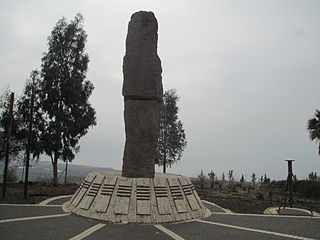
The monument to those who fell in the battles of Tel Motila is a monument located in Moshav Almagor, north of the Sea of Galilee. The monument was erected in memory of the battles fought there against the Syrian army in May 1951, and in memory of the 41 IDF soldiers killed during the battles, including soldiers of the 21st Battalion of the Golani Brigade.
Share
Disclaimer Please be aware of your surroundings and do not enter private property. We are not liable for any damages that occur during the tours.
